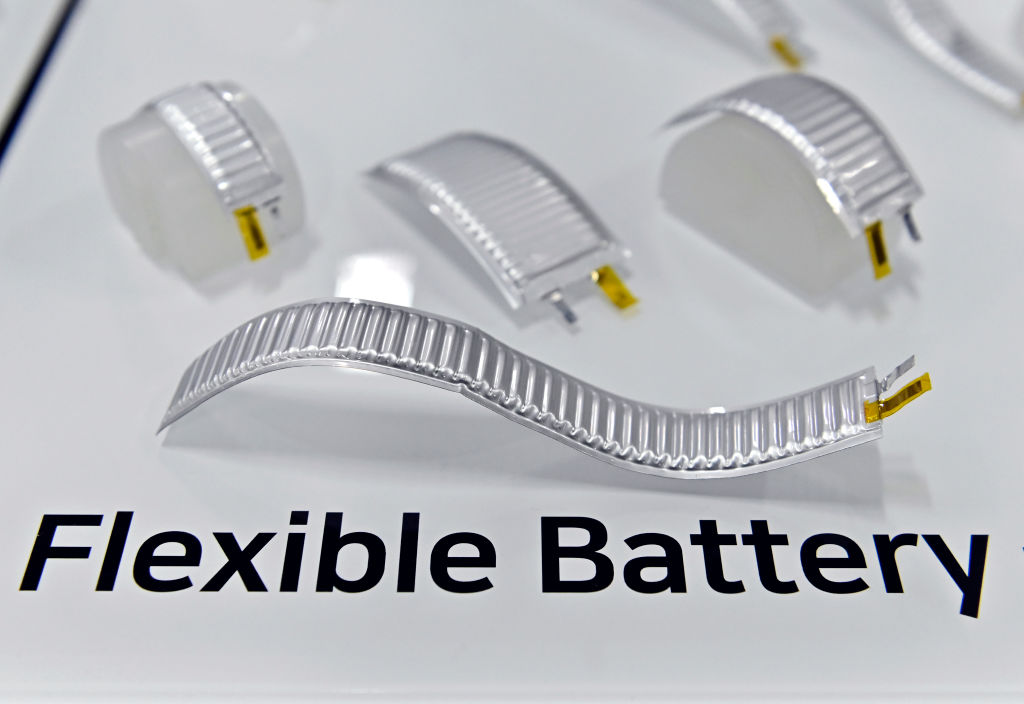The Rise of Flexible Battery
The age of flexible electronics is upon us and Flexible Battery are set to play a key role in powering the next generation of curved and foldable devices. Battery technology is advancing at a tremendous pace and Flexible Battery offer exciting possibilities for more versatile form factors and innovative product designs.
What are Flexible Battery?
Flexible Battery are rechargeable batteries that can flex or bend without losing performance or reliability. Unlike conventional lithium-ion batteries which use rigid materials like metal foils, Flexible Battery use flexible and lightweight materials like thin films made of polymers or paper. This makes them highly bendable and even stretchable.
Flexible Battery offer several advantages over rigid lithium-ion batteries. They can be manufactured in lightweight and thin form factors to easily fit into spaces where rigid batteries cannot. Their flexibility also allows devices to have curved, foldable or even stretchable designs instead of the typically flat and rigid form factors we see today.
Flexible Battery Technologies
Several flexible battery technologies are currently being researched and developed:
Thin Film Batteries: These use thin film deposition techniques to create very thin electrode and electrolyte layers on flexible plastic substrates. Thicknesses are on the micron scale allowing high flexibility.
Fiber-Shaped Batteries: Conductive fibers or yarns coated with active materials form the electrodes while a solid polymer electrolyte allows charge transfer. Fibers can be woven into textiles.
Paper Batteries: Battery components like anodes, cathodes and electrolytes are directly coated or printed on thin paper substrates to form flexible and lightweight paper-like batteries.
Stretchable Batteries: Novel conductive composites and novel electrolytes allow battery components and packaging to retain performance even when significantly stretched or compressed.
Progress in flexible battery technologies has accelerated significantly over the past decade. Continuous advances are being made through innovations in materials, fabrication techniques, and device designs.
Applications for Flexible Battery
Flexible Battery promise to transform entire application categories relying on their ability to power curved, foldable and stretchable electronics:
Wearable Devices: Flexible Battery will allow wearable devices like smartwatches and fitness trackers to have thinner designs conforming better to wrists. AR glasses and other wearables may have batteries integrated into frames.
foldable/rollable displays. Flexible Battery that can roll, fold or bend will power emerging
Smartphones: future smartphone displays may fold or roll up depending on need. Flexible Battery would allow seamless docking between phone and accessories.
Smart Fabrics: Integrating Flexible Battery with conductive yarns and fibers enables smart garments, medical textiles, health monitors and more built directly into clothing.
Implantable/Curved Medical Devices: Flexible bio-integrated electronics require thin, biocompatible and Flexible Battery to power medical sensors and devices contoured to curved body parts.
Flexible Displays/Signage: Large scale curved/rollable displays and advertisement signage outdoors require Flexible Battery to power dynamic content displays on contoured surfaces.
E-Skin/Soft Robotics: The next wave of stretchable, conformal e-skin and soft robots demand flexible energy sources to deliver multifunctional capabilities.
The applications for Flexible Battery are vast. As their areal energy densities improve to match rigid lithium-ions and charging speeds increase, Flexible Battery will unlock many futuristic possibilities across industries.
Future Outlook and Challenges
While significant progress has been made, Flexible Battery still face challenges before widespread commercialization:
Energy Density: Current Flexible Battery have significantly lower energy densities than rigid lithium-ion counterparts limiting run-times. Higher areal and volumetric packaging densities are required.
Manufacturing Scalability: Most current manufacturing techniques do not allow high-volume, low-cost production necessary for commercial and consumer applications. Scalable roll-to-roll processes must be developed.
Safety: Since Flexible Battery contain liquid or gel electrolytes, impacts or punctures can cause leaks. New solid-state designs are being explored to mitigate safety issues.
Charging Speeds: Slow charging times currently limit user experience for power-hungry applications. High-current Flexible Battery are an active area of R&D.
Durability: Repeated flexing and stretching of batteries over lifespan needs to not degrade performance or cause failure. Designs for 1000s of bending cycles are required.
Standardization: Common form factors and interfaces are lacking. Adoption depends on Flexible Battery conforming to standardized designs supporting interchangeability.
Despite current limitations, flexible battery technology has matured significantly and commercialization is accelerating. Major manufacturers are actively investing in flexible energy solutions. Within this decade, Flexible Battery will start powering real devices and proliferate applications where rigidity was previously a constraint. The era of flexible electronics will truly begin as flexible energy sources emerge to complement innovative designs. Flexible Battery will play a transformative role in driving many futuristic product concepts to reality.
*Note:
1. Source: Coherent Market Insights, Public sources, Desk research
2. We have leveraged AI tools to mine information and compile it

